Finding the right cloud solution for your database
On the road to the cloud, database admins should beware of unexpected costs

Saying that cloud platforms are popular with IT admins is like saying that water is wet. Over the past several years, the cloud has moved from an interesting emerging usage model to the de facto ruler of enterprise IT. While on-premise infrastructure is still in use (and will continue to be for the foreseeable future) there are few organisations that aren’t at least considering migrating parts of their infrastructure to the cloud.
Cost is a key motivator for this; received wisdom generally says that cloud infrastructure is cheaper and more cost-effective to run than on-premise equivalents, both in terms of the CapEx required for setup and in terms of ongoing costs. Scalability is also frequently cited as an advantage, allowing IT departments to scale the capacity of their infrastructure up and down as needed. The cloud is particularly attractive for database administrators, who are increasingly looking to migrate their large legacy database applications and take advantage of the benefits that cloud can offer.
This received wisdom, however, is not always accurate. In fact, many database admins have found to their dismay that a poorly-managed cloud migration actually results in lower efficiency and higher costs than they experienced with their on-premise systems. Part of the reason for this is a sub-optimal assessment of an organisation’s requirements prior to making the move, as not all databases are created equal.
Before moving your database to a cloud-based infrastructure, you’ll need to establish what service tier you require - this governs the level of CPU, storage, memory and network capacity that your database has access to. Most cloud providers offer right-sizing tools to predict your needs and model costs based on them, but because these are usually based on collecting a limited amount of data from your database over a fixed period, they’re not always accurate. This is important because, with cloud services, you pay for the resources you provision; not for the resources you actually use.
Inaccurately predicting your performance needs could lead to problems further down the road; either locking yourself into a needlessly expensive subscription that offers more baseline capacity than you require, or not having enough performance and headroom to scale when demand starts to spike. This undermines one of the core advantages of the cloud - while the technology is inherently scalable, the restrictions of subscription tiers may not be. These issues are magnified if you adopt a multi-cloud strategy since you’re now using different cloud providers with different rules.
It’s important, therefore, to have an accurate picture of your needs prior to beginning your cloud migration journey. Using tools like Quest Software’s Benchmark Factory to test and measure your database workloads pre-migration and compare performance with a similar cloud-hosted database, you can ensure you’re better equipped when you need to make the transition.
Similarly, it’s important to test whether your database will benefit from improved performance by migrating. Depending on the type of application and the frequency at which it is being accessed under load, your on-premise infrastructure may actually work better for some databases than a cloud-based equivalent. This, incidentally, is part of the reason why hybrid cloud solutions enjoy such a continuing level of popularity among businesses.
High workloads may also affect performance differently depending on where a database sits; although one infrastructure may outperform another when demand is moderate, at higher stresses, performance may start to slow down - an important consideration when planning the transfer of mission-critical systems that are prone to seasonal spikes. Quest’s Foglight for Databases monitoring solution helps counteract these issues by allowing database admins to run cross-platform performance analysis on both cloud and on-premise database workloads, allowing admins to drill down into which specific SQL queries are having the biggest impact on performance.
Without knowing how their databases actually perform in the cloud, admins run the risk of spending time and money on a migration, only to have to undo all that work and repatriate certain workloads that aren’t seeing the benefits they’d hoped for.
The hidden costs of cloud
Cost, of course, is arguably the biggest piece of the puzzle. All of the potential issues highlighted above can have an impact on the price you’ll pay to run your database in the cloud; by not right-sizing their level of cloud subscription, businesses can end up with unnecessarily large monthly bills, while performance bottlenecks can result in longer time-to-value from their applications. A poorly-handled migration can also result in downtime while the database is moved over, and for mission-critical applications, this could mean lost revenue and productivity.
Quest’s SharePlex data replication solution for Oracle ensures that you can safely migrate your Oracle data to the cloud, with minimum downtime and zero data loss, and continue to replicate data in real time if your cloud database is being used for offload reporting, as a failover for HA/DR (High Availability/Disaster Recovery) or other use case.
Perhaps the biggest hidden cost of the cloud, however, is in data transfer and access fees. With most public cloud platforms, you’ll incur a small fee every time your data is accessed, as well as every time you transfer data into, out of or across your cloud environment. While these charges generally amount to pennies per GB and are negligible in most cases, if you’re not closely monitoring your database utilisation, it’s very easy to get stung with high charges during busy periods.
Another area that can end up introducing unexpected costs for businesses is tooling requirements for managing their databases. Vendors such as Oracle only offer their most sophisticated database management tools exclusively for use by customers licenced on their expensive enterprise edition databases, which can be a problem for organisations who want to down-size their licences in order to reduce costs, but still need access to this database management functionality. One solution to this is to make use of third-party tools like Quest’s Toad for Oracle DBA Edition, which offers all the functionality of Oracle’s database management tools in a standalone package that operates independently of the subscription tier your database runs on, and works both for cloud and on-premises databases.
All of this may sound daunting and give the impression that the cloud is a minefield of hidden costs waiting to trip you up, but don’t be put off. There are still huge advantages to be had in migrating your databases, but the key is to go into a migration with your eyes open; it’s about shifting the right databases, in the right way, at the right time. Planning is an essential step in the process, and in order to inform your plans, you also need to be monitoring and measuring your database applications in the most effective way possible.
Thanks to tools like SharePlex, Foglight, Benchmark Factory and Toad, Quest Software’s enterprise-grade testing, monitoring and management products can help ensure that your cloud databases are right-sized, stable and as performant as you need them to be, without having to waste time and resources on trial-and-error troubleshooting. The journey to the cloud isn’t without its bumps - but with Quest, you can get there on time and on budget.
Find out how Quest can help migrate your on-premise Oracle databases to the cloud.
Get the ITPro daily newsletter
Sign up today and you will receive a free copy of our Future Focus 2025 report - the leading guidance on AI, cybersecurity and other IT challenges as per 700+ senior executives
ITPro is a global business technology website providing the latest news, analysis, and business insight for IT decision-makers. Whether it's cyber security, cloud computing, IT infrastructure, or business strategy, we aim to equip leaders with the data they need to make informed IT investments.
For regular updates delivered to your inbox and social feeds, be sure to sign up to our daily newsletter and follow on us LinkedIn and Twitter.
-
 Bigger salaries, more burnout: Is the CISO role in crisis?
Bigger salaries, more burnout: Is the CISO role in crisis?In-depth CISOs are more stressed than ever before – but why is this and what can be done?
By Kate O'Flaherty Published
-
 Cheap cyber crime kits can be bought on the dark web for less than $25
Cheap cyber crime kits can be bought on the dark web for less than $25News Research from NordVPN shows phishing kits are now widely available on the dark web and via messaging apps like Telegram, and are often selling for less than $25.
By Emma Woollacott Published
-
 Datadog Database Monitoring extends to SQL Server and Azure database platforms
Datadog Database Monitoring extends to SQL Server and Azure database platformsNews The tool offers increased visibility into query-level metrics and detailed explanation plans
By Praharsha Anand Published
-
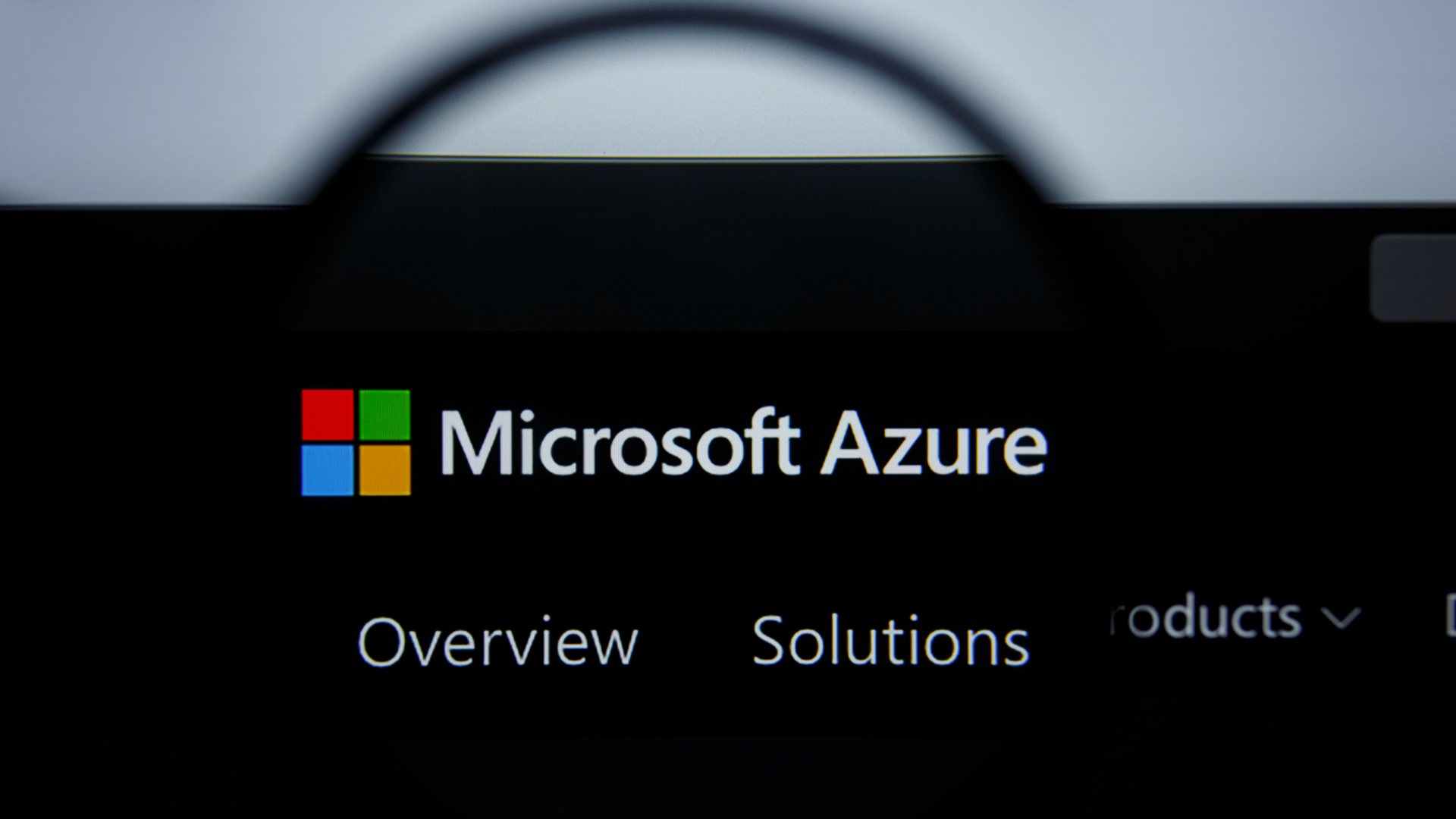 Oracle and Microsoft announce Oracle Database Service for Azure
Oracle and Microsoft announce Oracle Database Service for AzureNews Azure users can now easily provision, access, and monitor enterprise-grade Oracle Database services in Oracle Cloud Infrastructure
By Daniel Todd Published
-
 Elastic expands cloud collaboration with AWS
Elastic expands cloud collaboration with AWSNews Partnership aims to ease migration to Elastic Cloud on AWS, as well as simplify onboarding and drive go-to-market initiatives
By Daniel Todd Published
-
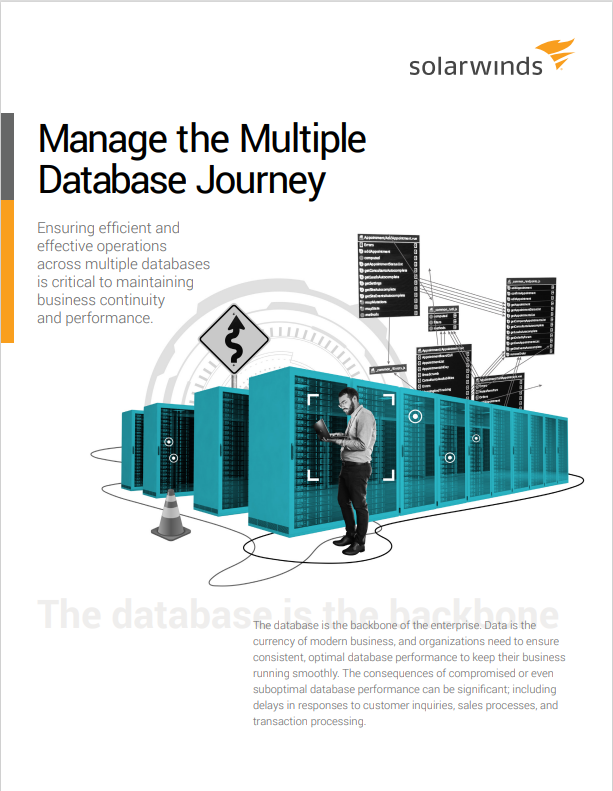 Manage the multiple database journey
Manage the multiple database journeyWhitepaper Ensuring efficient and effective operations across multiple databases
By ITPro Published
-
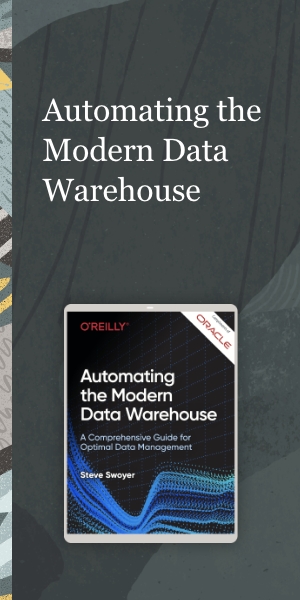 Automating the modern data warehouse
Automating the modern data warehouseWhitepaper Freedom from constraints on your data
By ITPro Published
-
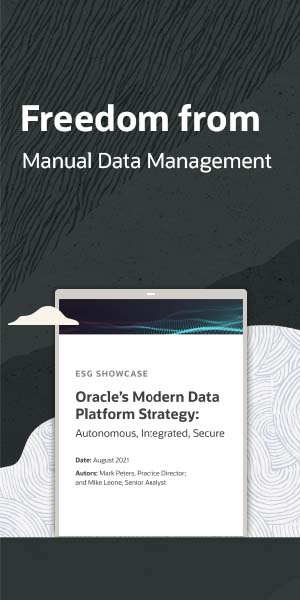 Freedom from manual data management
Freedom from manual data managementWhitepaper Build a data-driven future with Oracle
By ITPro Published
-
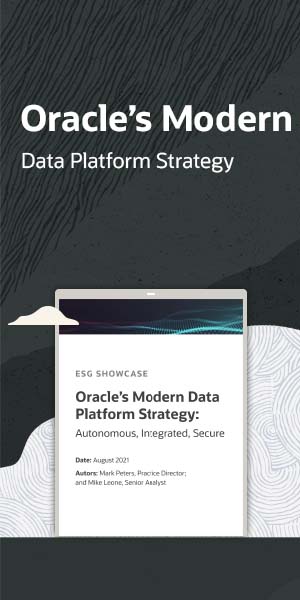 Oracle’s modern data platform strategy
Oracle’s modern data platform strategyWhitepaper Freedom from manual data management
By ITPro Published
-
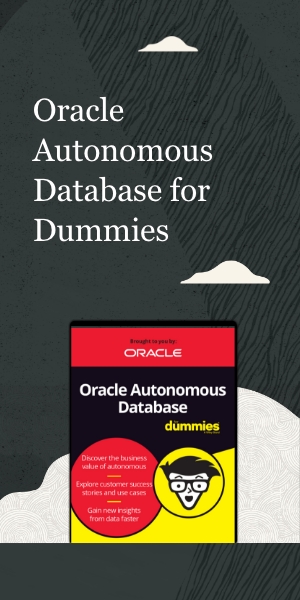 Oracle autonomous database for dummies
Oracle autonomous database for dummiesWhitepaper Freedom from mundane, manual database management
By ITPro Published
